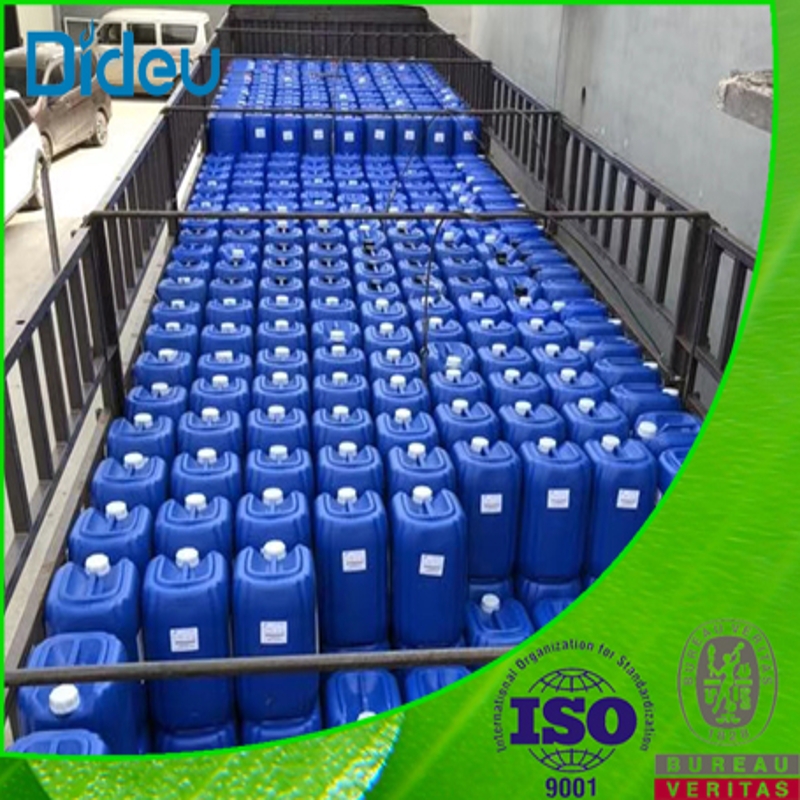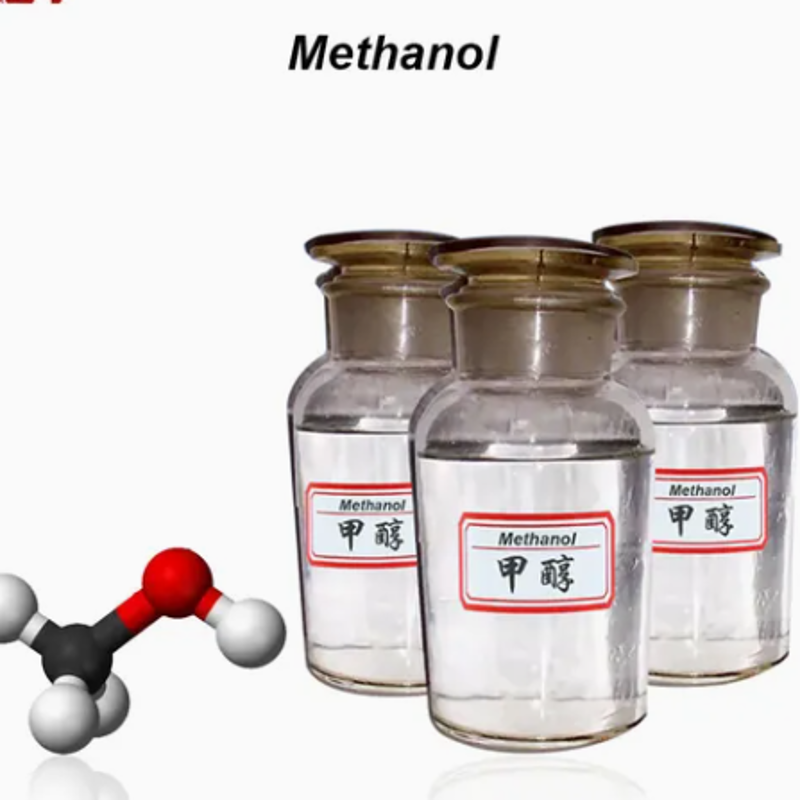-
Categories
-
Pharmaceutical Intermediates
-
Active Pharmaceutical Ingredients
-
Food Additives
- Industrial Coatings
- Agrochemicals
- Dyes and Pigments
- Surfactant
- Flavors and Fragrances
- Chemical Reagents
- Catalyst and Auxiliary
- Natural Products
- Inorganic Chemistry
-
Organic Chemistry
-
Biochemical Engineering
- Analytical Chemistry
-
Cosmetic Ingredient
- Water Treatment Chemical
-
Pharmaceutical Intermediates
Promotion
ECHEMI Mall
Wholesale
Weekly Price
Exhibition
News
-
Trade Service
The production process of Wood creosote involves several steps that are necessary to create the final product.
The process starts with the selection and preparation of raw materials, followed by the actual production process, and ends with the testing and packaging of the final product.
Selection and preparation of raw materials:
The first step in the production process of Wood creosote is the selection and preparation of raw materials.
The main raw material used in the production of Wood creosote is coal tar, which is obtained as a byproduct of the coal distillation process.
Other raw materials that may be used include creosote oil and other chemical additives.
The raw materials are thoroughly cleaned and purified to ensure that they are free of impurities and contaminants.
Production process:
The production process of Wood creosote involves several steps, including distillation, filtration, and mixing.
The process can be summarized as follows:
- Distillation: The coal tar is distilled to separate the various components of the tar, including creosote oil, pitch, and other chemicals.
- Filtration: The distilled components are filtered to remove any impurities and to produce a pure creosote oil.
- Mixing: The creosote oil is mixed with other chemical additives to produce the final Wood creosote product.
Testing and Packaging:
Once the production process is complete, the Wood creosote product is tested to ensure that it meets the required quality standards.
The product is then packaged in appropriate containers, depending on the specific requirements of the customer.
Advantages of Wood creosote:
Wood creosote has several advantages that make it a popular choice in the chemical industry.
Some of the advantages of Wood creosote include:
- High quality: Wood creosote is produced using high-quality raw materials and is subjected to rigorous quality control tests to ensure that it meets the required standards.
- Versatility: Wood creosote can be used in a variety of applications, including as a wood preservative, a fuel, and a raw material for the production of other chemical products.
- Environmental benefits: Wood creosote is a natural byproduct of the coal distillation process, and its use reduces the need for the use of chemical preservatives, which can have negative environmental impacts.
- Cost-effective: Wood creosote is a cost-effective solution for a wide range of applications, making it a popular choice for chemical companies.
Conclusion:
The production process of Wood creosote involves several steps, including the selection and preparation of raw materials, the actual production process, and testing and packaging.
The final product is a high-quality, versatile chemical that is used in a variety of applications and offers several advantages over other chemical preservatives.
Wood creosote is a cost-effective solution that is environmentally friendly and meets the required quality standards.







